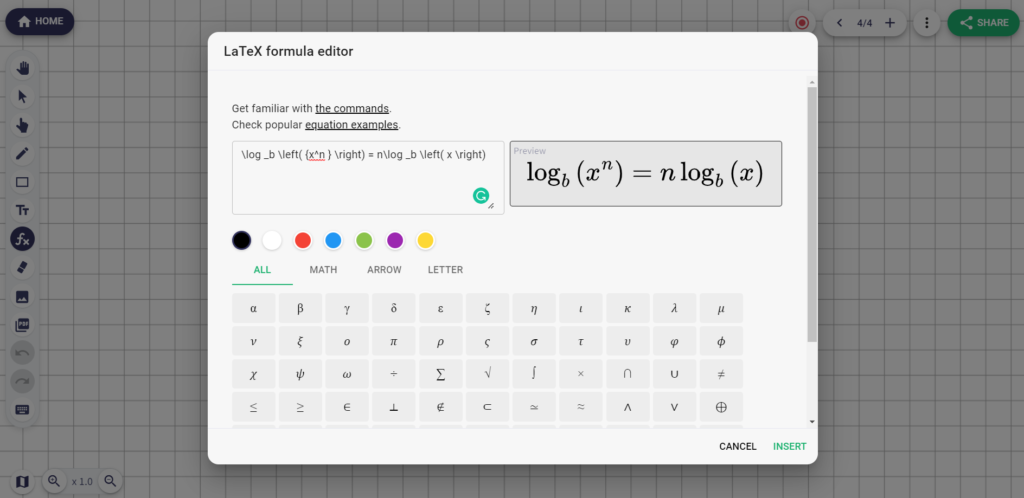It’s hard to believe, but we are already in the middle of 2022! It seems like only yesterday that we were dealing with the aftermath of the pandemic. The educational system took the heaviest blow, with many schools and institutions rapidly shifting to the screen-to-screen teaching format. Many people thought that online education would never work – after all, how could you replicate the experience of being in a classroom? But somehow, against all odds, the transition to online teaching managed to survive.
Impacts the Pandemic Left on the Educational Ecosystem
The pandemic was a turning point for many educators. It forced us to re-evaluate how we were teaching and find new, innovative ways to reach our students. It was a difficult time, but it also allowed us to grow and learn in ways we never thought possible.
Those challenges have had a profound impact on the educational ecosystem. The way we think about learning and teaching has been completely transformed. Before 2020, many people thought of online education as a second-class option. But now, once we’ve seen how well it can work in a pinch, online education is being taken much more seriously.
The transition to teaching online was not easy, but it was one that the system managed to survive. We’ve learned a lot from experience and are better for it. Who knows what the future of education holds? But one thing is for sure – the pandemic has changed everything.
Pros and Cons of Teaching Online

Teaching online is not without its drawbacks. One of the challenges is keeping students engaged and motivated to pay attention while their teachers explain the new material across the screen. It’s easy for students to get distracted when they’re not in a traditional classroom setting.
Another challenge is ensuring all students access the same resources and materials. Teaching is always a bit easier in a physical classroom. All students have access to the same books, whiteboards, handouts and other resources. But with this rapid transition to teaching online, there was a significant disparity between students who had access to technology and those who didn’t.
Despite these challenges, online education is still an evolving and growing field. And there are plenty of advantages to opting for this approach. One of the biggest advantages is that it’s more flexible and convenient for students and teachers. Students can access the classes from anywhere in the world, while teachers can easily design customized courses that fit the needs of their students.
Moreover, having access to modern tools and technologies can also enhance the learning experience. Online tutors often use video conferencing, podcasts, virtual reality and other cutting-edge technologies to motivate their students and instill diligence.
Subjects Experiencing the Greatest Troubles
The transition to teaching online has been especially challenging for certain subjects. Those that require a lot of hands-on learning, such as science, math and art, have had to find new ways to adapt their curriculum.
Teaching math via a web camera was thought to be ineffective and quite boring for most students. How could teachers explain complex algebraic expressions and fractions without a whiteboard or physical objects? The same goes for science experiments. It’s hard to replicate the feeling of being in a laboratory.
Nevertheless, there are tools designed for this transition. Online math tutors often use digital whiteboards like LiveBoard to access real-time drawing, collaboration and online lesson recording. This allows them to teach math concepts more effectively and keep their students engaged.
Explaining math is almost impossible without a whiteboard and subject-related graphs. So, LiveBoard has advanced integrations with LaTeX and Graph editor that help tutors create equations and draw geometric forms in minutes.

Other subjects, such as physical education, have been completely turned upside down. How can you teach students to play soccer or basketball when they’re all in different locations? Some schools have found creative ways to work around this, but it’s still challenging.
Strategies for a Smoother Transition to Teaching Online
While the pandemic experiences were undoubtedly challenging, they also showed us that the transition to online teaching could be successful. Let’s look at a few strategies that can help teachers make a shift with fewer bumps in the road.
Digital Whiteboards, Quizzes, Technology-Enhanced Solutions…Use Advanced Tools
Utilizing modern tools and technologies can make online teaching more engaging and interactive. There are plenty of great options, so find the ones that work best for your classes.

Create a Routine and Set Expectations
When teaching online, setting a routine and establishing expectations is important. This will help your students stay on track and keep up with the material. Regular meeting times and structure will help create a sense of normalcy for your students.
Be Flexible and Willing to Adjust
Flexibility is key when shifting to something unknown and full of complexities. Being ready to adjust your methods and try new things will help you find the best way to reach your students. Remember that not everything will work, but you’ll eventually find a groove that’s best for you.
Use Virtual Icebreakers
Building relationships and getting to know each other can be challenging, so creating opportunities for the students to interact with each other is important. Virtual icebreakers are a great way to do this. Teachers can have students introduce themselves in a forum or over video chat.

What the Future Holds for Online Education
Since the pandemic first hit, we’ve come a long way, and online education has become more commonplace than ever. We’ll likely continue to see a rise in online learning, even after things return to “normal.” The truth is the pandemic has forced us to re-evaluate the way we teach and learn. One thing is clear – teachers are now prepared for anything.


